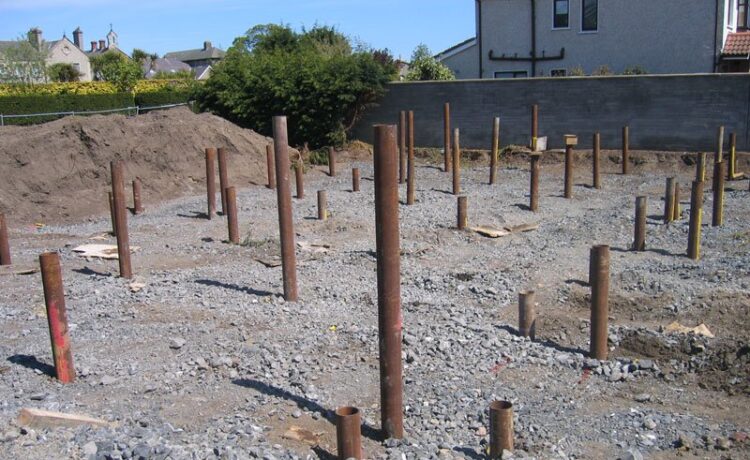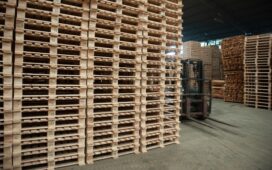Piling is one of the most important elements when constructing a building to determine the property’s safety. This is because the stronger the piling, the more stable the buildings constructed above them will be. There are different types of pile foundations designed to support different needs. Factors related to soil and load from the building matter the most.
Among the many piling choices, h piles are a popular one. Their name comes from the fact that they are the shape of the English alphabet, “H.” However, you should not make a choice without considering all the important factors. You may consult with an expert to assess your needs, budget, and environmental factors and suggest the best options.
Things to consider when choosing pile foundation
- Soil type.
While the soil type around your home is not the first thing you want to think about, it is an important consideration when choosing a pile foundation. The soil over which you will construct your property can significantly impact the performance of your foundation. Saoils can have varying properties, such as drainage, load-bearing capacity, and settlement characteristics.
For example, clayey soil can shrink or swell depending on the moisture level. In contrast, sandy soil has a low load-bearing capacity. It is essential to consult with a geotechnical engineer before constructing your building.
- Loads of structure.
The loading conditions from the structure affect the pile foundation. The type of building materials used, such as bricks, steel, stone, and concrete, can affect the selection of the foundation. For example, small buildings require shallow foundations, while taller buildings require deeper ones for better stability and earthquake protection.
- Constructability.
Whether a pile can be cut conveniently affects the entire feasibility of the construction project. Piles prone to getting damaged or broken easily cannot work in areas containing gravel or hard rocks. The harder it is to penetrate the piles into the soil, the more soil transmission there will be. Too much soil transmission can disturb the nearby piles and damage them.
- Climate and weather conditions.
Your area’s weather and climatic conditions largely affect the choice of pile foundation. For example, you need a foundation with proper drainage if you live in an area with frequent rains and flooding. People living in earthquake-prone areas should consider a deeper foundation to withstand seismic forces.
- Availability.
Depending on the size of your foundation and building, the piles you select must be available in the required lengths. You should not fall short of piles during the construction process, or it can result in huge losses.











